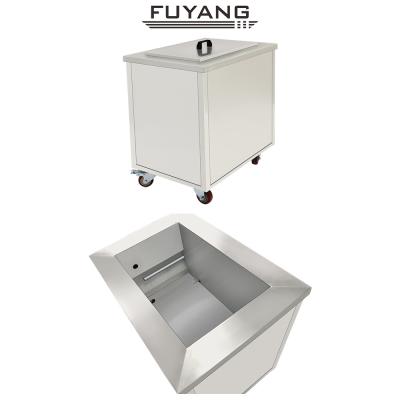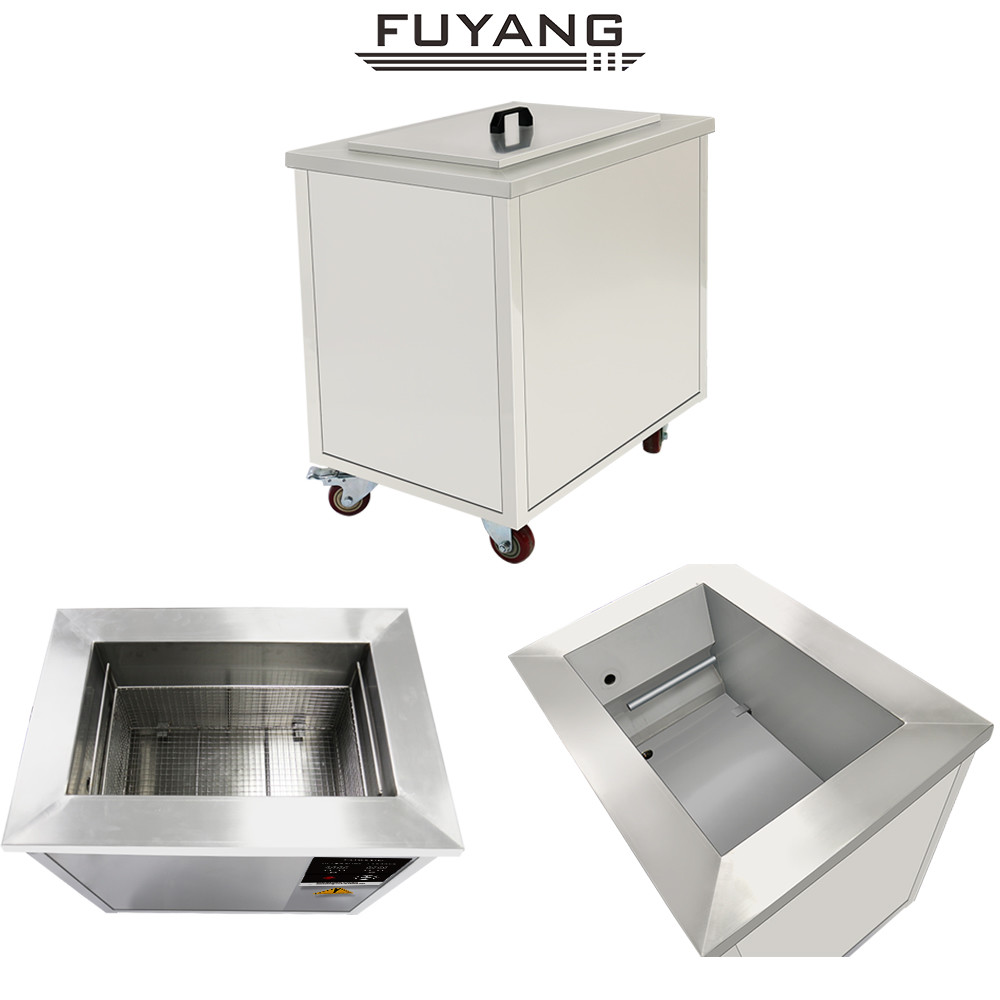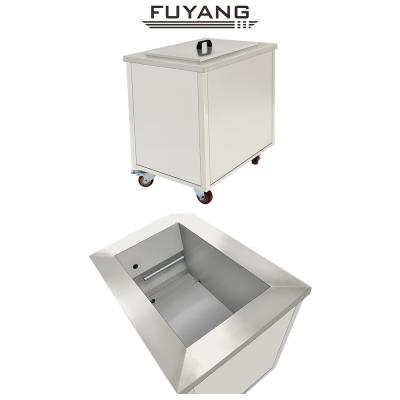Stainless Steel 2400L 40KHz can be customized Ultrasonic Cleaner For Eyebrow Tweezers In Beauty Salon
Specifications:
| Model name | F-1360 |
| Internal tank size | 2000*1200*1000mm |
| Application | Clean Spray Flannel Mold |
| Function | Removing dirts, oil, rust, grease |
| Feature | No damage to precision mold |
| Tank capacity | 2400L |
| Ultrasonic power | 18000W |
| Heating power | 60kW |
| Time control | 0~99 minutes |
| Temperature control | 20~95℃ |
| Water inlet / outlet | Yes |
| Voltage | 220V / 110V |
Features:
With inlet and outlet for cleaning solution
Stainless steel tank has resistance to wear and long work life.
Free setting from 1 min to 99mins.
Normal~95℃ temperature .
With Stainless steel basket
Industrial trade power cord, more safer
With drainage
With the filter system save detergent, more environmentally friendly
Use just tab water, or industrial alcohol and solvent cleaner for more higher cleaning requirement
100% brand new and high quality!
Compared to traditional cleaning methods, ultrasonic cleaners show great advantages. Especially in specialized and group-oriented production enterprises, ultrasonic cleaning has gradually replaced traditional dipping, brushing, pressure washing, vibration cleaning and steam cleaning.
Ultrasonic cleaners are highly efficient and clean, thanks to the penetrating and cavitation shock waves that their sound waves travel through the medium. Therefore, it is easy to clean the parts with complicated shapes, and the general degreasing, descaling, phosphating and other processes can be completed in two or three minutes under the action of ultrasonic waves, and the speed can be several times higher than the conventional method. To a few dozen degrees, the cleanliness can also reach a high standard, which highlights the results that are difficult or impossible to replace with other treatment methods in many cases where the surface quality and production efficiency of the product are high.
Suggested Ultrasonic Cleaning Procedure
In all cases manufacturers’ instructions should be followed when using an ultrasonic cleaning process. These are representative steps.
Fill the ultrasonic cleaning tank with an approved medical instrument cleaning solution such as CLN-LR012 available from Tovatech following dilution instructions provided. Turn the cleaner on to start the degassing process. This step removes entrained air in new solutions that interferes with the efficiency of cavitation and takes approximately 10 minutes.
In the meantime:
Segregate instruments by alloy or composition to avoid potential damage (Chromium plated instruments should not be cleaned ultrasonically)
Instruments with movable parts should be disassembled to facilitate cleaning
Place the instruments the ultrasonic cleaner’s mesh basket, taking care that they do not come in contact with each other
Cannulated or lumened instruments should be positioned to insure interiors are wetted with the cleaning solution. In some instances placing them on an angle will facilitate this
Set the control panel per manufacturers’ instructions and start the cleaning process
At the end of the cycle, remove the instruments from the ultrasonic cleaning bath and thoroughly rinse them to remove all traces of the cleaning solution. Deionized water rinses will avoid spotting. If the instruments are not to be immediately disinfected and sterilized be certain that they are thoroughly dried and protected. Part reassembly can occur after sterilization.
Procedures should be in place to guide the replacement of used ultrasonic cleaning solutions. In some instances it is recommended that solution be drained and tanks thoroughly cleaned and dried after each ultrasonic cleaning cycle. Most solutions available today are biodegradable, which facilitates disposal but local authorities should be consulted on proper practices.









